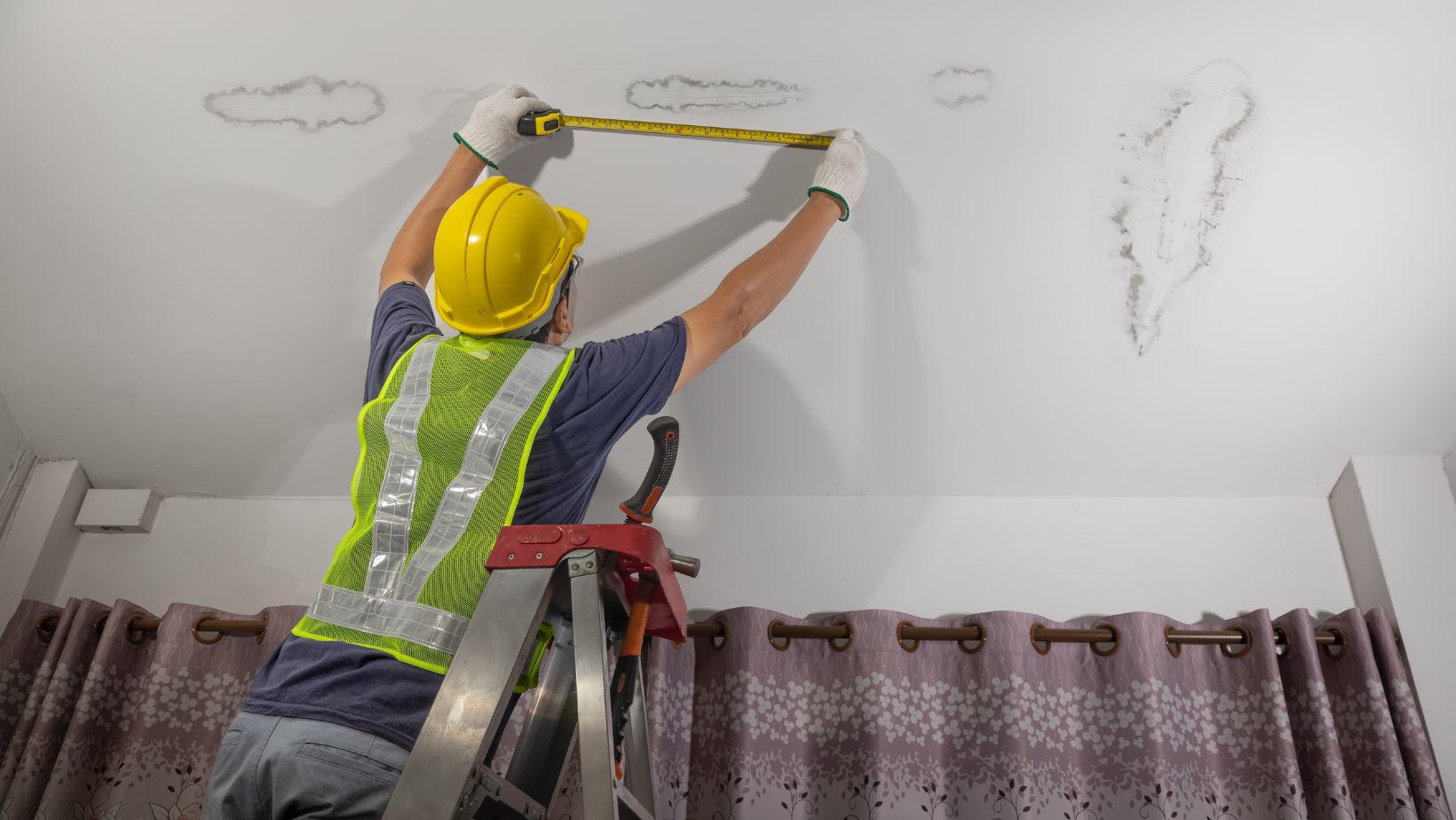
Preserving the integrity of your home starts from the top—quite literally. The roof, an essential component of your home’s structure, is often overlooked until a problem arises.
Roof plumbing, which includes the management of water and other elements that the roof is exposed to, is vital in preserving the longevity and safety of your home. To help you better understand and resolve these issues, we’ve compiled the top four roof plumbing problems along with their practical solutions.
Problem 1: Leaking Roof
A leaking roof is considered a red flag for homeowners, as it signals potential damage not just to the roof but also to the interior of the home. Whether the leaks are due to age, environmental factors, or physical damage, fixing them promptly can save you from costly repairs down the line.
Roof leaks commonly arise from deteriorated shingles or tiles, especially in older homes. For instance, a cracked shingle can allow water to seep through. Other causes include improperly sealed valleys, where two roof planes intersect, and leaks around roof fixtures, such as chimneys and skylights.
- Signs: Water stains on the ceiling, particularly after a heavy rainstorm, or a musty odor in the attic are signs to watch out for. Another telltale sign is the appearance of mould or mildew in the attic or on the walls, which indicates moisture intrusion.
- Easy Solutions: For minor leaks, replacing a few shingles or applying a waterproof sealant might suffice. An example of a quick fix is applying roofing cement under a lifted shingle to reseal it. However, for leaks around chimneys or valleys, professional assessment and repair are recommended to bring about a lasting solution. If the damage seems extensive, it might be time to call in specialists in water damage restoration. For comprehensive services, consider visiting water damage restoration for expert assistance in addressing any underlying issues and preventing future problems.
Promptly fixing a leaking roof prevents structural damage and protects the residents’ health. Regular inspections, especially after severe weather, can help maintain a leak-free roof.
Problem 2: Clogged Gutters And Downspouts
Although gutters and downspouts are often out of sight and out of mind, they play a crucial role in roof health and overall water management in your home. Keeping them clear and functional is essential to prevent water-related damage and promote the integrity of your property.

They’re designed to channel water away from your roof and foundation. When they become clogged, they can result in water backup and overflow, potentially causing damage to the roof, siding, and foundation.
- Signs: The most obvious sign of clogged gutters is water spilling over the sides during rain. Other indicators include sagging gutters, visible debris like leaves and twigs sticking out, or plants growing out of the gutters. Additionally, water stains on the siding or paint peeling off in areas near the gutters can suggest water is not being properly diverted.
- Easy Solutions: Cleaning gutters at least twice a year, typically in the spring and fall, can prevent clogs. Installing gutter guards is a proactive measure that can reduce the amount of debris entering the gutters. For those not comfortable working at heights, hiring roof plumbers is a safe option.
It’s helpful to understand what is a roof plumber—these are specialized professionals who install and maintain rainwater disposal systems, such as gutters and downspouts. Keeping these roofing elements clear is important in safeguarding your home from water damage. Regular cleaning can save you from costly repairs and ensure your home’s longevity.
Problem 3: Damaged Or Faulty Flashing
Aside from handling water on large surfaces, effective roof plumbing is also about minding the flashing, where different roof elements meet and hence prone to damage.
Flashing seals the areas where the roof joins with vents, chimneys, or other protrusions. Its main function is to prevent water infiltration at these vulnerable spots.

Signs: Externally, look for rust, cracks, or gaps in the flashing. Internally, damp spots or water stains on walls or ceilings near roof features after rain are signs of faulty flashing.
Easy Solutions: Small cracks can often be fixed with roofing sealant. However, significant damage or corrosion usually requires replacing the flashing. This task, particularly crucial in older homes, is best handled by professionals to guarantee proper installation and sealing.
Keeping an eye on your roof’s flashing and repairing issues immediately can prevent extensive water damage.
Problem 4: Poor Ventilation
Proper roof ventilation is vital for the roof’s longevity and your home’s indoor environment. Adequate ventilation helps prevent a host of issues that can weaken structural elements.
Signs: Excessive heat in the attic, signs of moisture or mildew, and ice dams that form in winter are some of the indications of poor ventilation. Furthermore, peeling paint and warping of roof decking and shingles are external signs suggesting inadequate ventilation.
Easy Solutions: Enhancing ventilation typically involves clearing blockages in existing vents, adding more vents for better air circulation, or installing attic fans. Balancing intake and exhaust vents is important for effective ventilation. For complex issues, consulting with a roofing professional is advisable.
Consistent upkeep of roof ventilation systems is crucial for a healthy, damage-free home environment.
Final Thoughts
Addressing these top four roof plumbing issues can fix immediate problems and prevent future complications. Regular maintenance, such as cleaning gutters and inspecting the roof for damage, contributes significantly to the longevity of your roof.
By being proactive and resolving issues without delay, you can ensure your home remains safe, dry, and comfortable for years to come.





